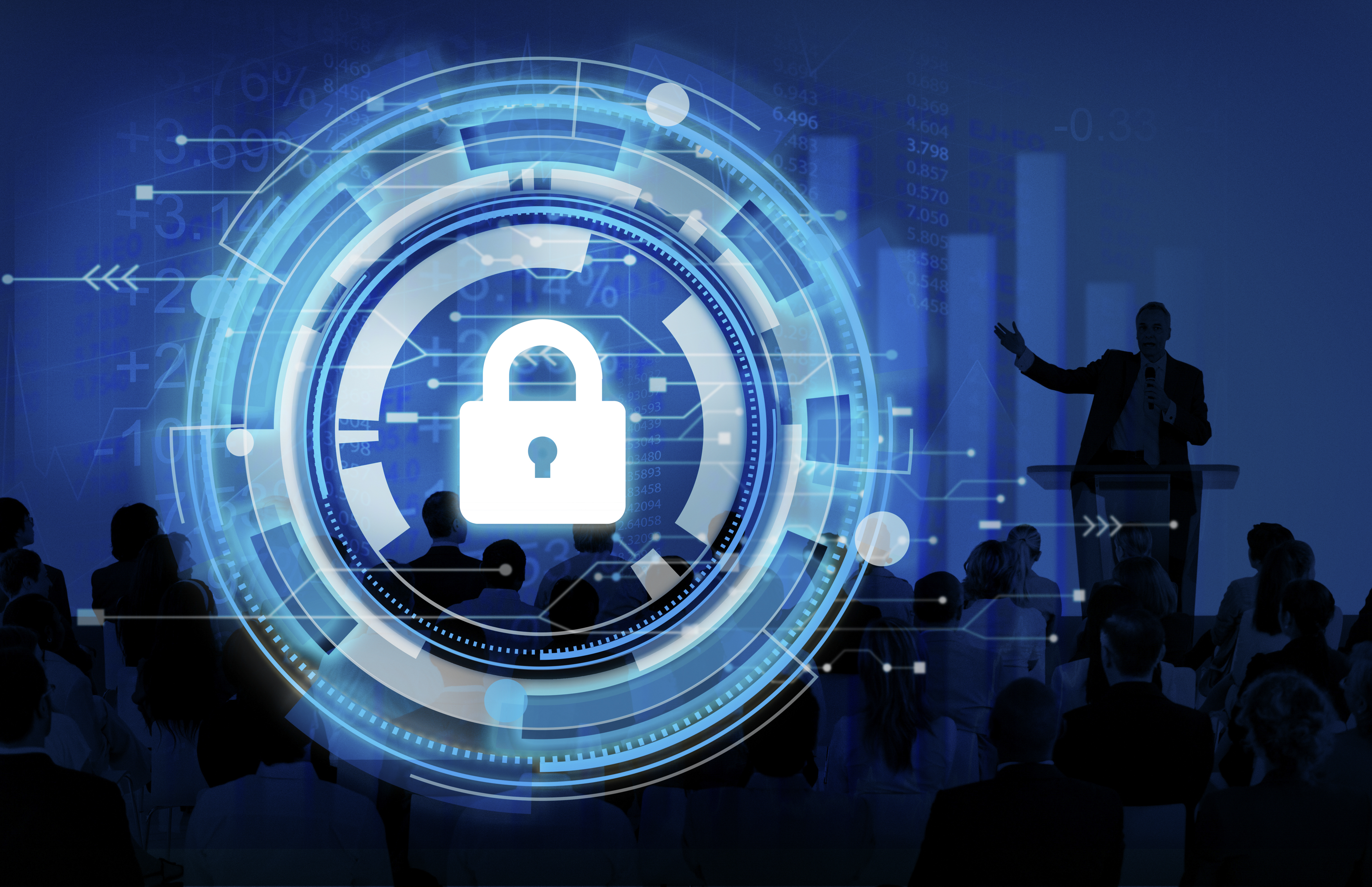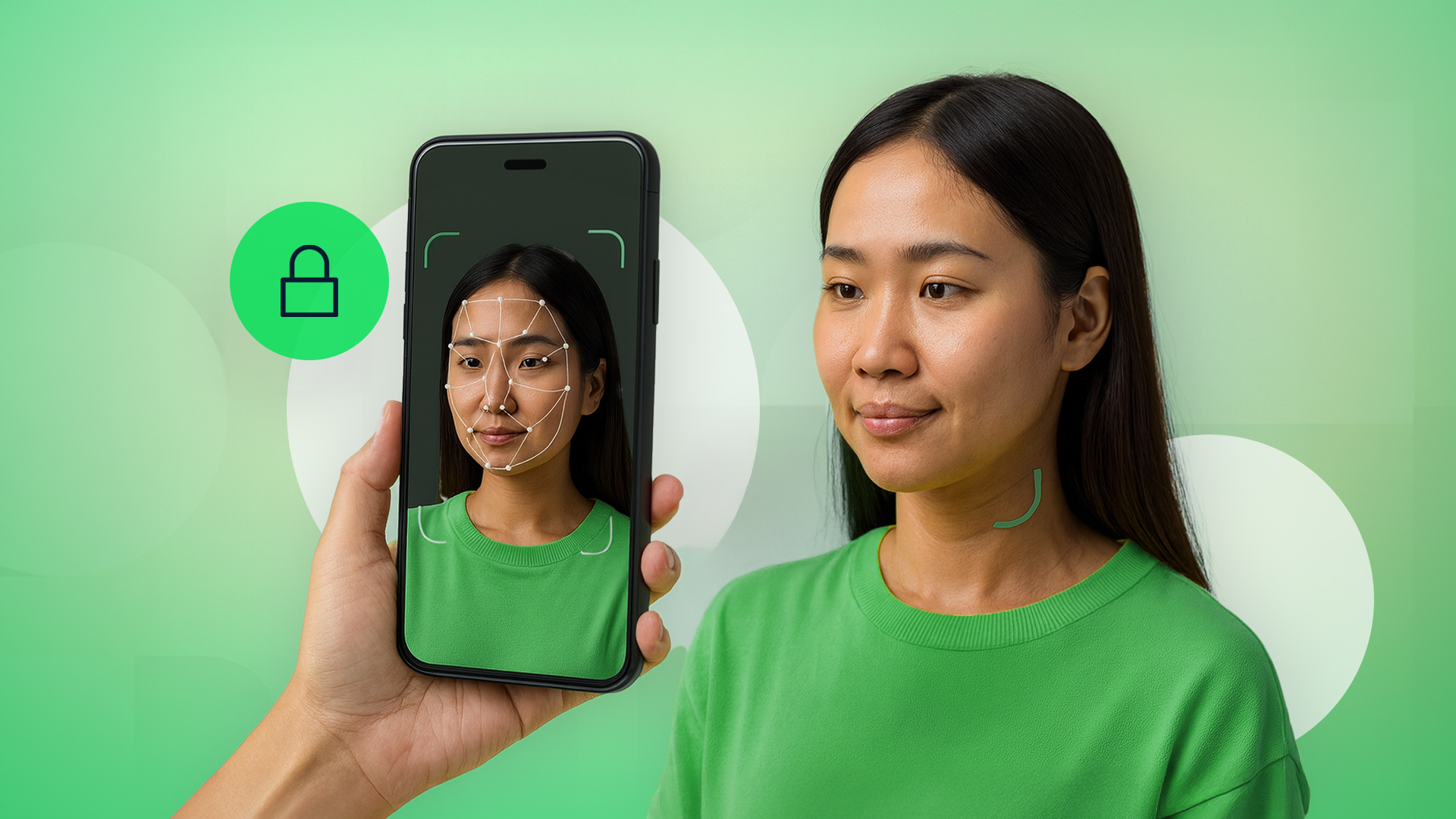Ever seen a video of former US president Barack Obama saying something nonsensical? Maybe you found the video on BuzzFeedVideo's Youtube channel or BBC News. How could a president say such a thing?
Relax, the video is fake and is the result of a deepfake. Deepfake is synthetic (artificial) content created through artificial intelligence (AI) algorithms to mimic a person's image or voice.
Deepfake technology uses advanced machine learning algorithms called Generative Adversarial Networks (GANs) to manipulate and overlay images, video, and audio into existing content. Here are some common implementations of deepfake:
- Fake Video: Deepfake videos can be created to depict individuals saying or doing things that they did not actually do. These videos are created to spread false information, damage reputations, or even influence public opinion.
- Audio Manipulation: Deepfake technology is not limited to visual content, but also produces artificial audio. Deepfake is utilized to create fake audio recordings, such as fake calls or misleading messages.
- Image Manipulation: Deepfakes can alter images or photos to the point where it is difficult to differentiate between the original and manipulated visuals. This often happens during the biometric verification and authentication process in mobile applications. Thus, this case has the most implications for identity theft or fraud.
In the beginning, deepfake was not necessarily used for fraud or forgery, but for various purposes. Here are some examples of deepfake usage:
1. Entertainment industry
In the entertainment industry, deepfake technology can be used for various purposes, such as digitally reviving deceased actors or creating hyper-realistic visual effects. For example, in the movie the Mandalorian (Star Wars series) when the character of young Luke Skywalker appeared to be played by Mark Hamill, who was old at the time.
2. Virtual Influencer
Deepfake can also be used to create virtual influencers, aka artificial influencers with similar appearance and personality to humans. The cost for virtual influencers is said to be cheaper than real influencers because they are entirely AI-based. Companies use virtual influencers for marketing campaigns, brand launches, and brand ambassadors.
3. Financial Fraud
Deepfake technology can facilitate various forms of financial fraud such as identity theft, phishing, and attacks during biometric verification. Fraudsters use deepfake video and audio to impersonate victims and commit fraud. In Hong Kong, an employee was scammed out of 400 billion rupiah by receiving a video call from his boss. As it turned out, the video call was a deepfake used by fraudsters to get the employee to transfer money.
4. Political Manipulation
Deepfake technology has the potential to disrupt political dynamics by spreading disinformation, manipulating public opinion, and even impersonating political figures. Ever seen a video of former president Soeharto during the 2024 election? Or President Joko Widodo giving a speech? Those are deepfakes. In politics, deepfakes are used to create false news, defame political opponents, and brainwash the public.
By recognizing the various implementations and use cases of deepfakes, companies can develop technologies to effectively mitigate deepfake risks. Possible risks include personal data theft, fake transactions, and reputation damage.
As part of the data protection solution, VIDA offers Deepfake Shield, a solution to control biometric access, so that even the smallest fraud gap can be quickly prevented. In the face of ever-evolving cyberattacks, adopting a solution like VIDA Deepfake Shield is no longer an option, but a necessity.
Download whitepaper VIDA "Are Indonesian Businesses Ready to Combat AI-Generated Fraud?" here.

.png)


